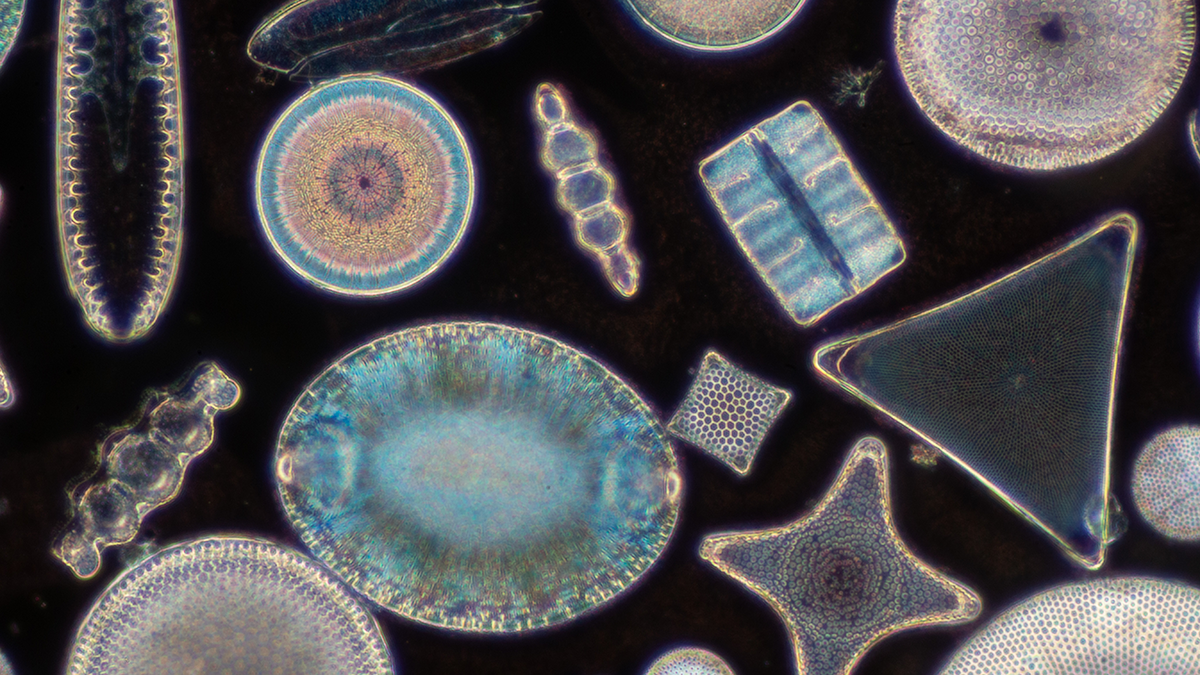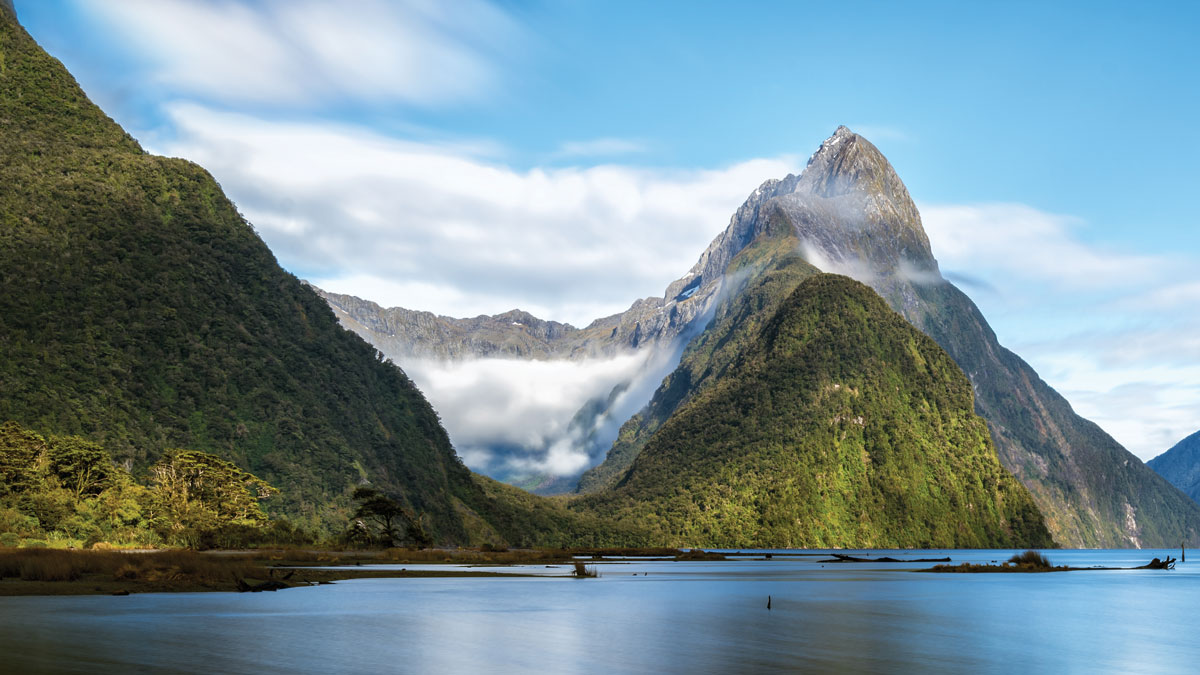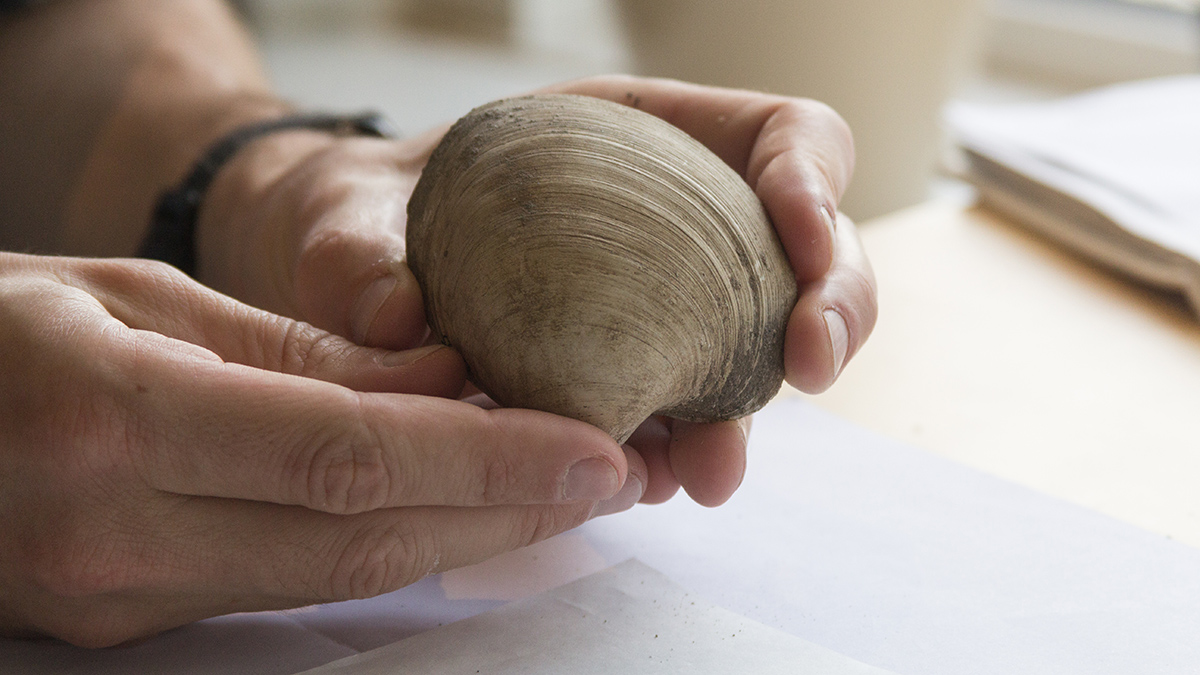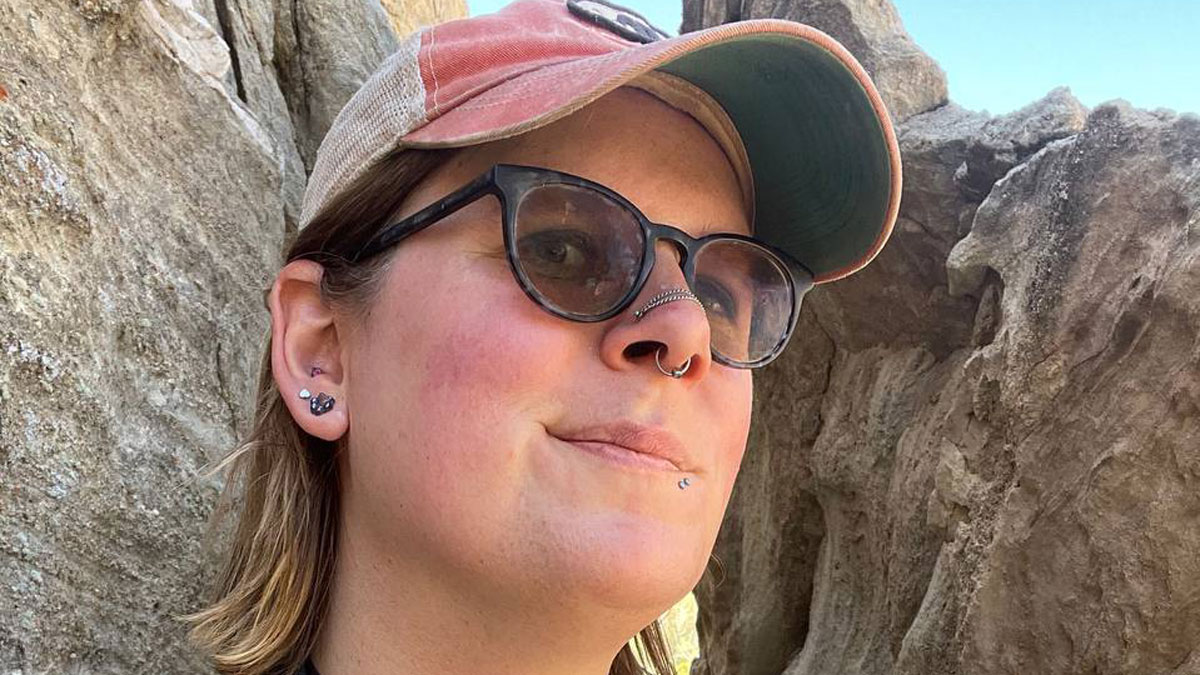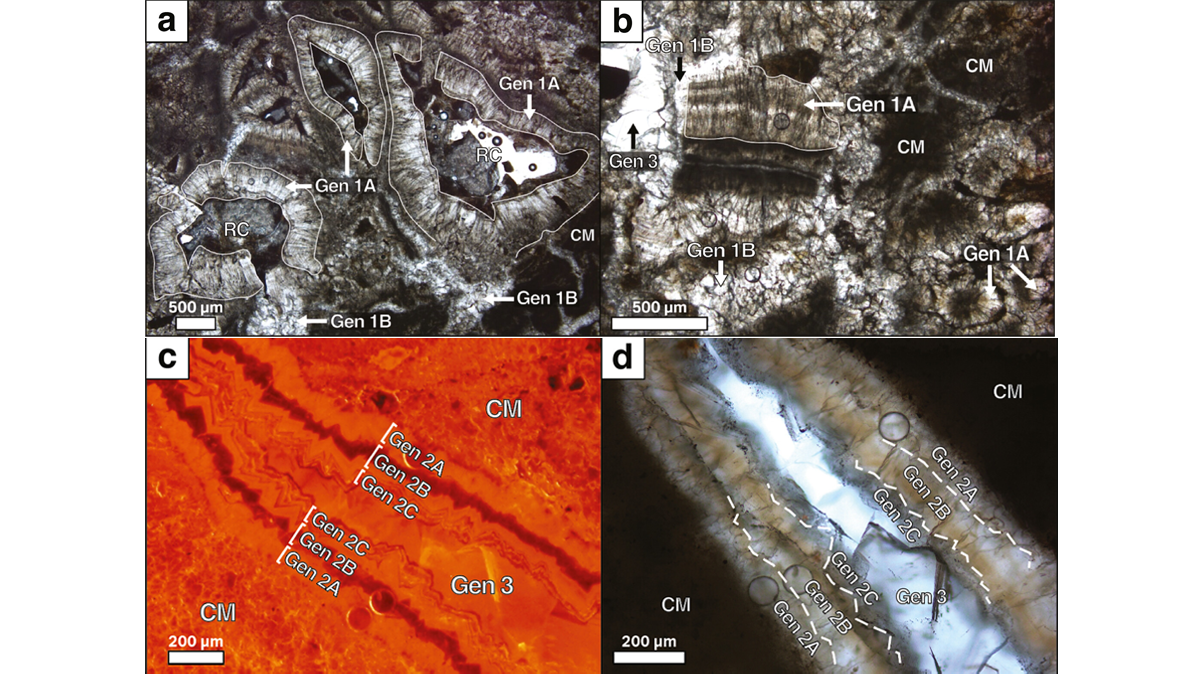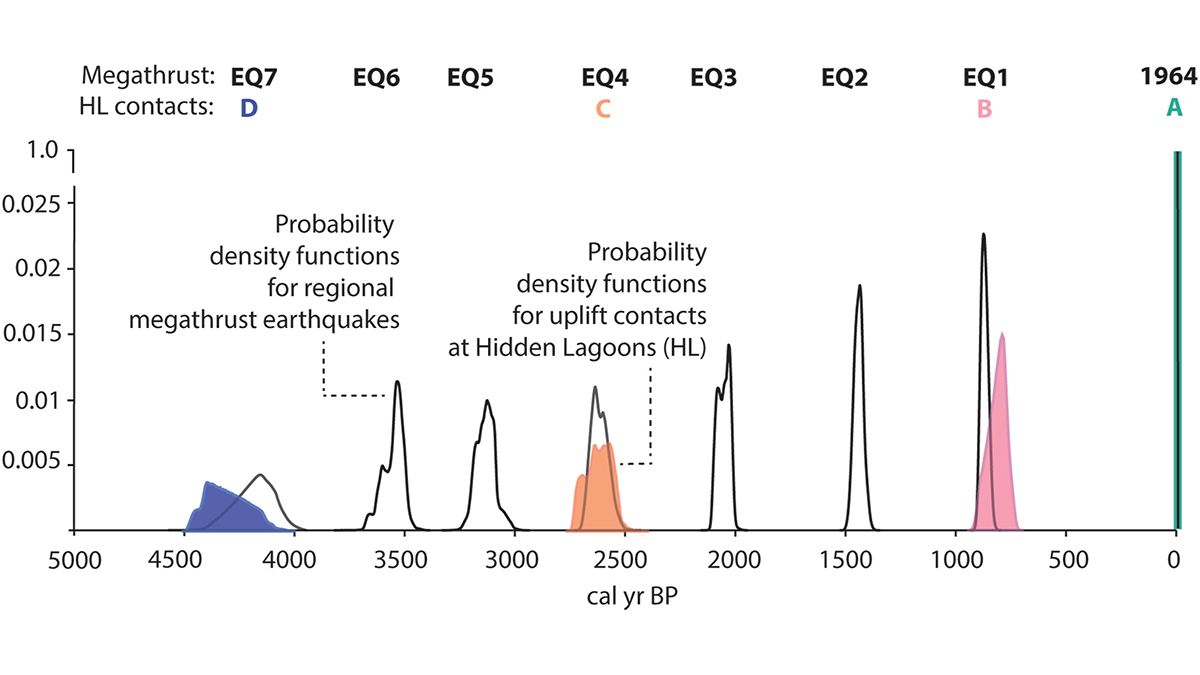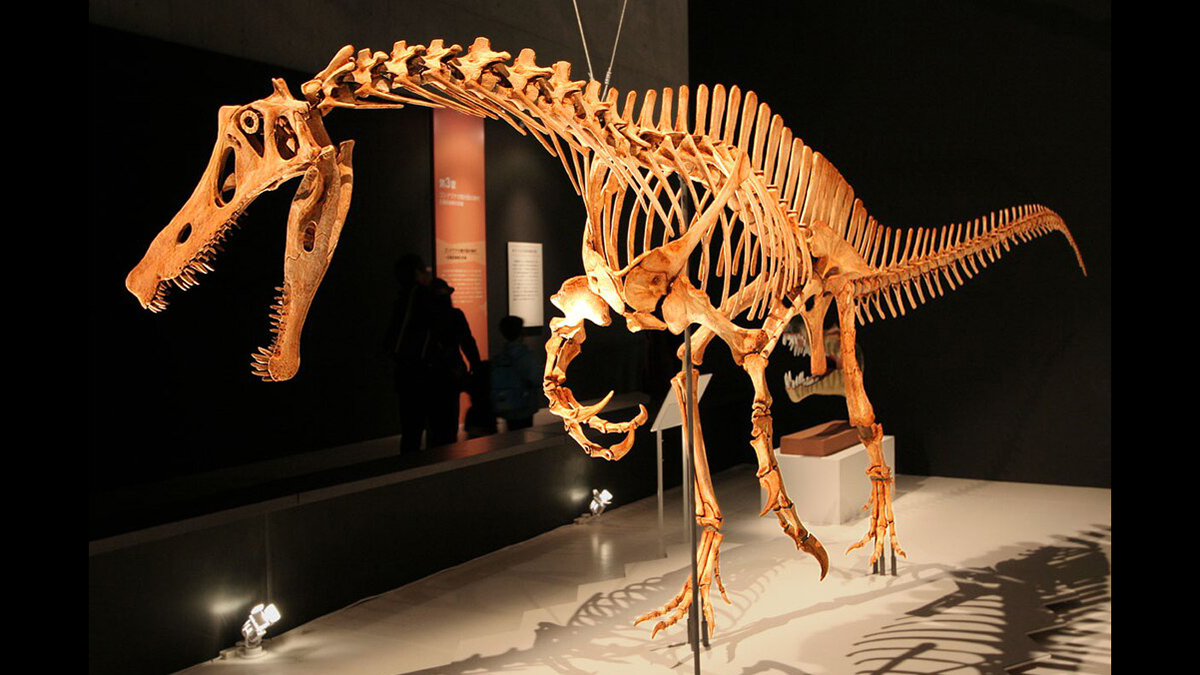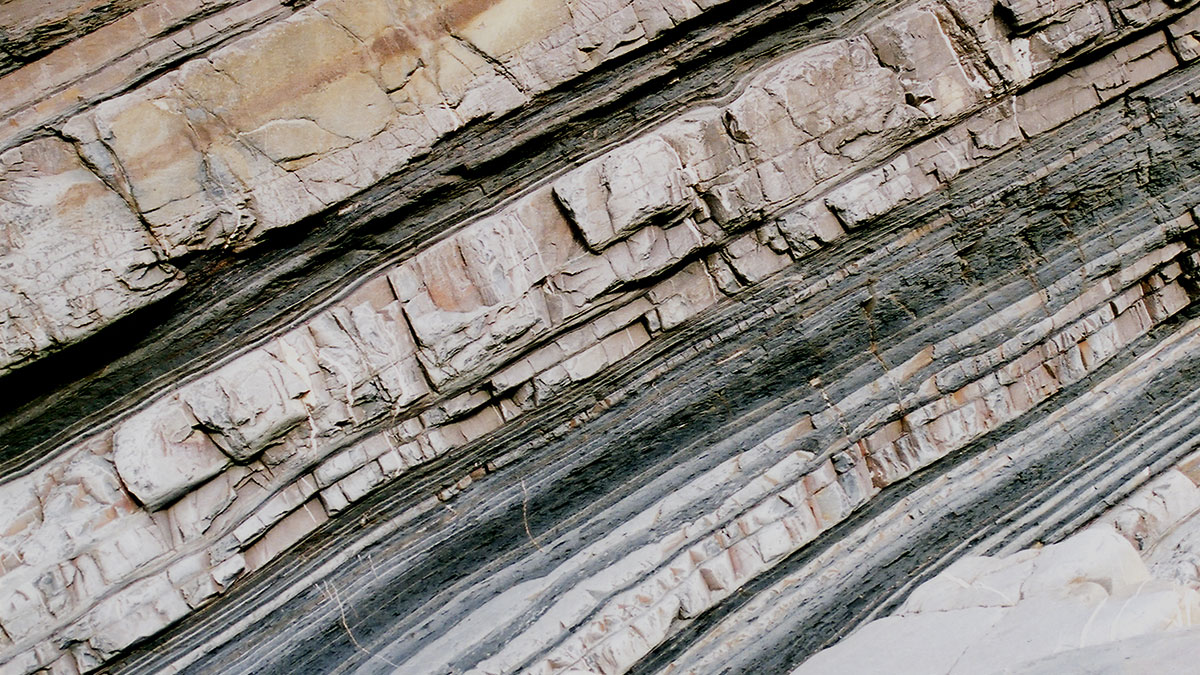Machine learning can enhance our ability to identify communities of microorganisms and how they change in response to climate change over time.
fossils & paleontology
Earth’s Eighth Continent
Our October issue digs deep into the rich Earth science in and around Aotearoa New Zealand.
Fossilized Shells Reveal the Seasonality of a Warmer Climate
Summers could warm faster than winters in northern Europe, paleoclimate research suggests.
Riley Black: Bringing Fossils to Life
A fossil hunter paints visceral pictures with words about the lives of dinosaurs and other prehistoric creatures.
Unlocking Earth’s Terrestrial Sedimentary Record with Paleosols
Harnessing the micro-stratigraphy of pedogenic carbonates, scientists have demonstrated that age determination of fossil soils is possible via uranium-lead dating.
New Zealand Has a Unique Fossil Record Named FRED
The near-complete database reflects a spirit of trust and collaboration among the country’s scientific community—but will it last?
Repeated Coseismic Uplift Above the Patton Bay Splay Fault, Alaska
Stratigraphic and diatom analyses suggest ruptures of the Patton Bay splay fault occurred together with half of the documented great Alaskan megathrust earthquakes during the past 4,200 years.
A Exportação Ilegal de Fósseis É Mais do que um Irritante para o Sul Global
Mais de 2 mil pesquisadores assinaram carta aberta solicitando a repatriação do fóssil de um dinossauro para o Brasil. Alguns dizem que o caso destaca um padrão de colonialismo científico na paleontologia.
The End of the Eclipse
Scientists are studying how the Earth–Moon distance has changed over time, and what effect that change might have had on our planet. Future changes will extinguish total solar eclipses entirely.
Submarine Avalanche Deposits Hold Clues to Past Earthquakes
Scientists are making progress on illuminating how undersea sedimentary deposits called turbidites form and on reconstructing the complex histories they record. But it’s not an easy task.

